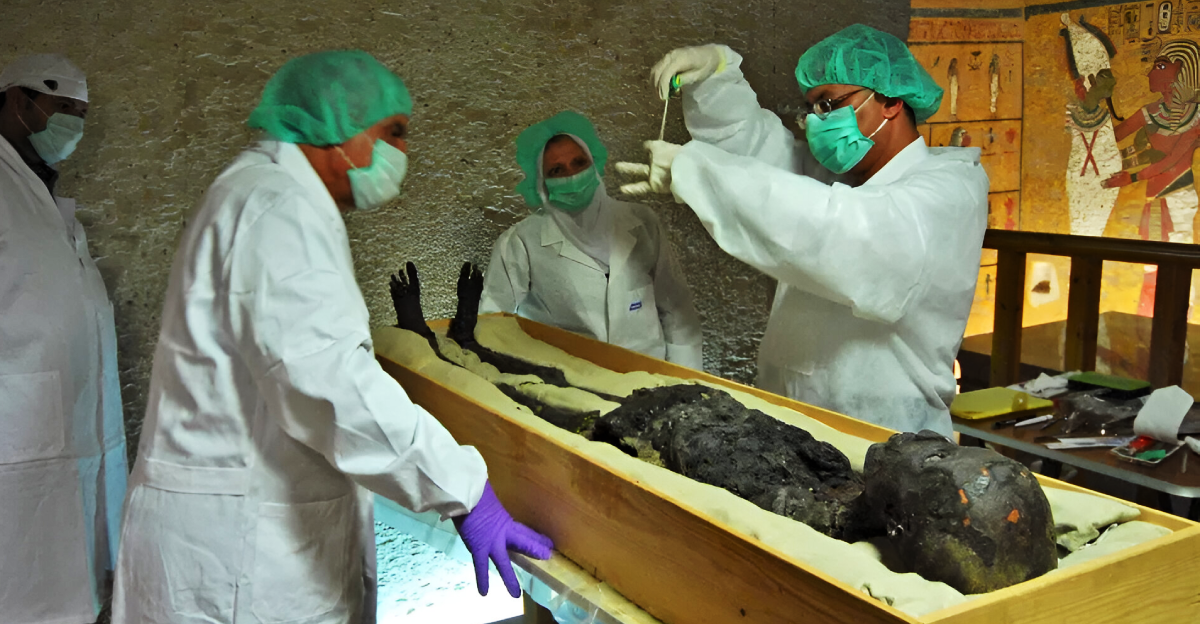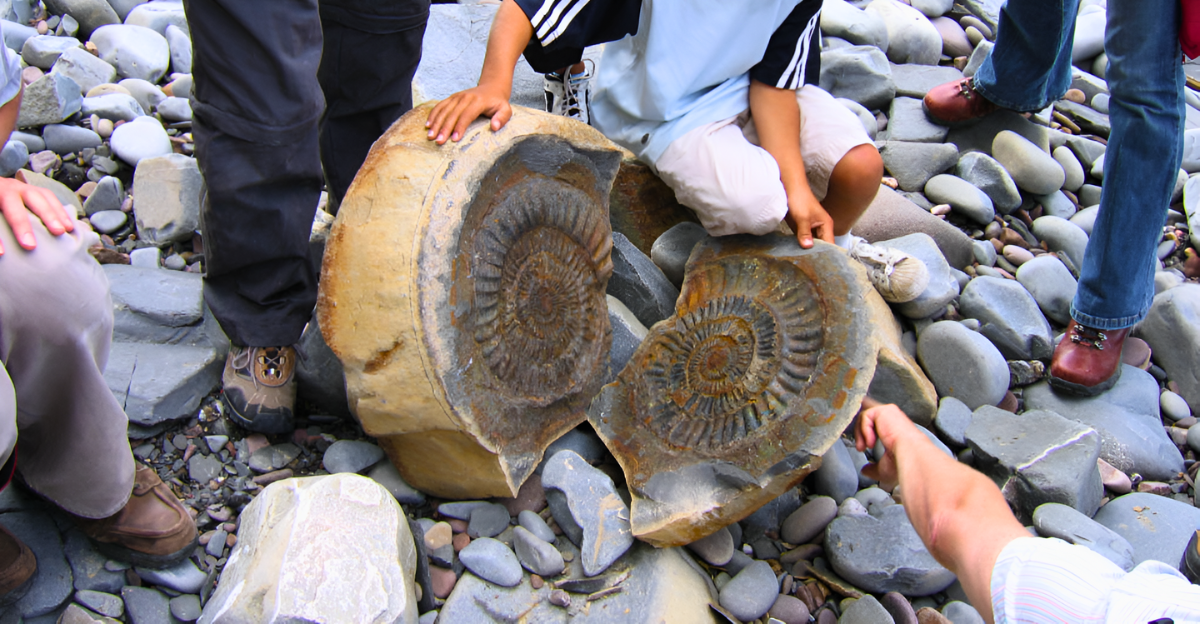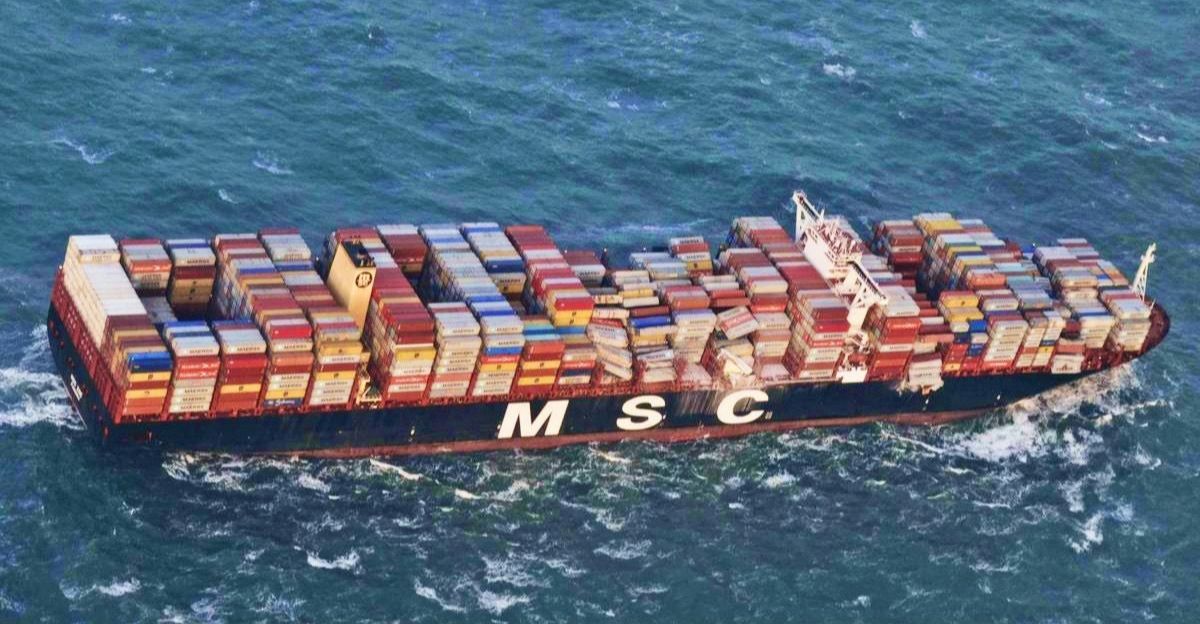
The enigma of the ghost ship survivor… SPOOKY!! The maritime oddity of a man found living all alone on a ship for 4 years shows just how resilient humanity can be. Abandoned ships without any crew members are affectionately referred to as ghost ships when found. These ghost ships have always fascinated us as they are truly as spooky as they sound.
Other famous examples of ghost ships include the Jian Ceng and Mary Celeste, all that have great mystery surrounding them. These stories are meant to inspire not to scare as they are tales of human bravery, reslience, endurance and ultimately survival.
Historical Precedents
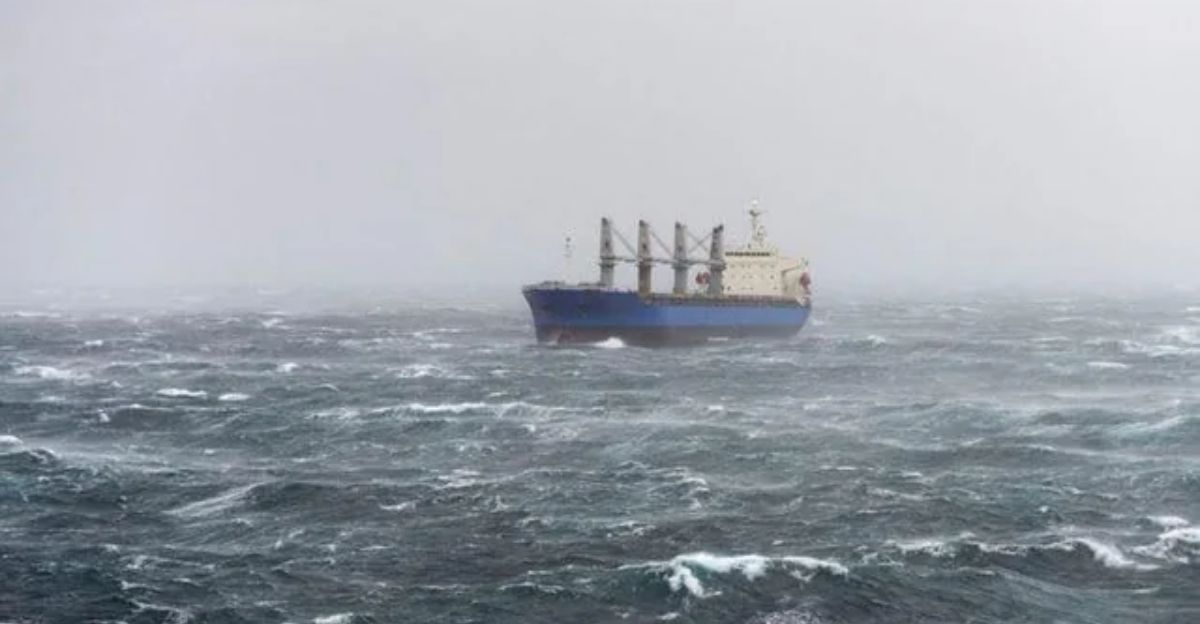
Mary Celeste was a vessel that was found in 1872 with its cargo intacked but with no one on boared. No one really know what happened to the ship and it has ispired many ghost stories since it was found. Jian Ceng is another, more recent ship discovered abandoned off the coast of Australia. Again there were signs of human activity on board but no one in sight.
Jose Salvador survived for a staggering 438 days while adrift in the Pacific. He survived by collecting rainwater and eating sea creatures that he could catch or find. This fantastic story proves that multi-year survival at sea is indeed possible.
4 Years at Sea

The chief officer of a motor vessel, Mohammed Aisha, was stuck on the ship Aman for 4 years. In May 2017, this vessel was docked at the Adabya Port in Egypt. This is an old ship that was originally built in 1999 and has long since not met the safety protocols that make it fit to be on the voyage. It is because of this fact that the ship was detained. The owner of the boat decided to abandon the vessel.
The individuals on board including Mohammed Aisha had to stay onboard while further investigations took place. Financial difficulties of the owner meant that fuel was not provided for the vessel. The captain had left the ship making the chief officer, Mohammed the legal guardian of the vessel. Mohammed did not understand what this order truly meant and only realized it when the rest of the crew left. His passport was seized, and he could not leave the ship.
Survival Against All Odds
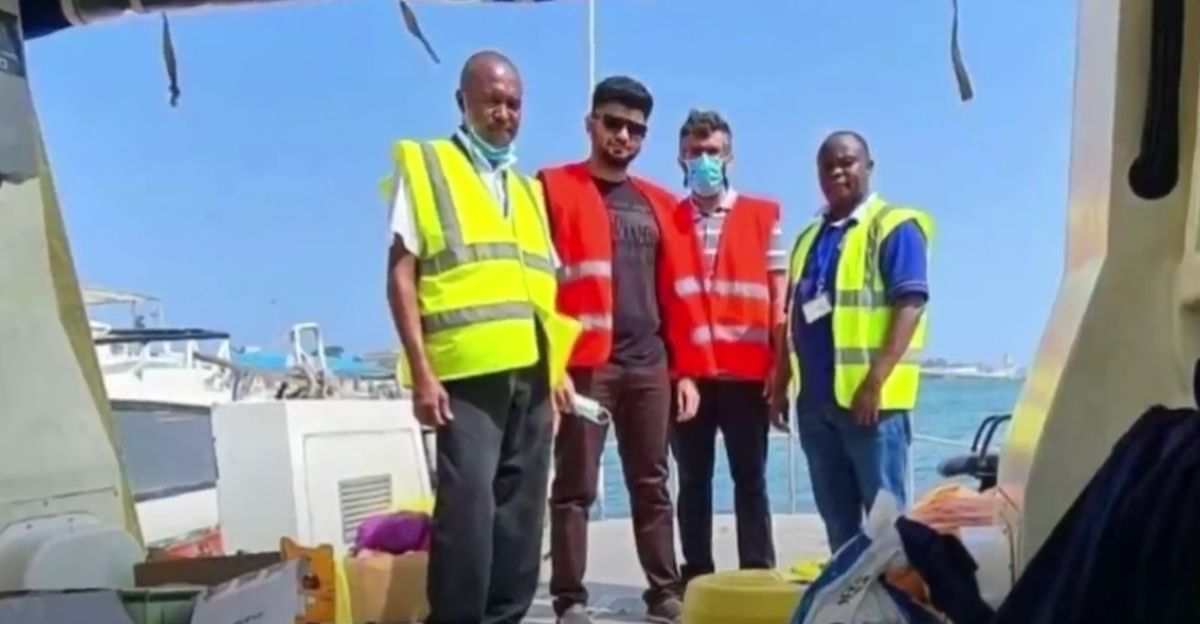
In 2019, Mohammed Aisha awoke one morning to the vessel being in trouble, and he had to activate an emergency beacon, and a military patrol arrived to take him to land. For the next 10 days, he was interrogated by police just to be returned to the ship as the hull was repaired. The vessel had drifted closer to shore, making it possible for him to swim to land to get the necessary provisions. By this time, the circumstances onboard the ship were rapidly deteriorating as the ship was infested by rodents and insects.
This vessel essentially became a prison as Mohammed was trapped by contract to remain the legal guardian of the vessel. Only after 4 years he was free when he was rescued by the ITF. The ITF Seafarers Trust worked on his case and helped him get free.
Abandonment at Sea
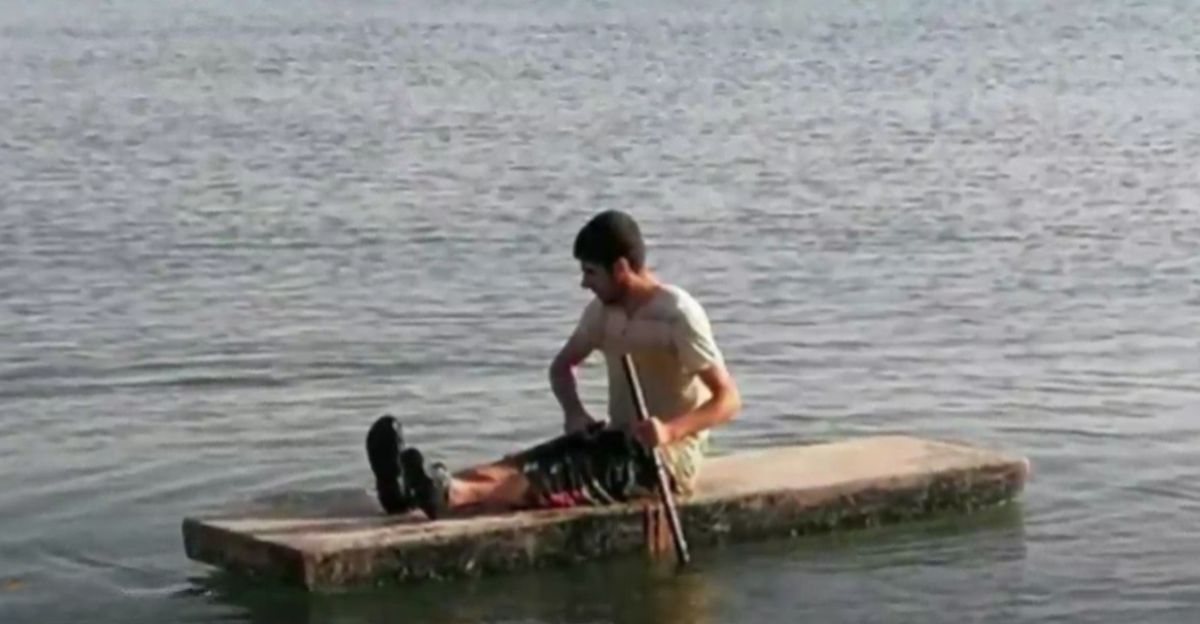
There are many such cases as that of Mohammed Aisha, who were the owners of vessels who could not afford to keep the vessels running, and they just decided to abandon the ship and the crew onboard. It is ultimately the crew that pays the price. Mohammed himself stated that the vessel felt like a coffin he was doomed to live in and that it was a cursed existence.
In most cases the crew can also abandon the ship, drop the anchor and leave but there are cases such as Mohammed’s, where this is not always possible because of bureaucratic red tape. These challenges that seafarers face is often overlooked and more awareness surrounding circumstances like these, is needed.
Science of Isolation

The psychological impact of being stranded at sea would take its toll on any psyche. Mohammed, at one point, had considered ending his life when he heard that his mother had passed away. Driven by a natural instinct to survive, it still takes a great deal of mental, physical, and in many cases, also spiritual willpower to survive for as long as 4 years.
Isolation can also lead to physical and mental decline, such as psychoses. Adaption strategies have been recorded where individuals would engage in self-talk to relieve anxiety. A seafarer such as Mohammed, who spent many years in isolation, suggests a psychological profile that is unique in that he would have a higher baseline of resilience and self-efficacy than most.
Survival Tactics
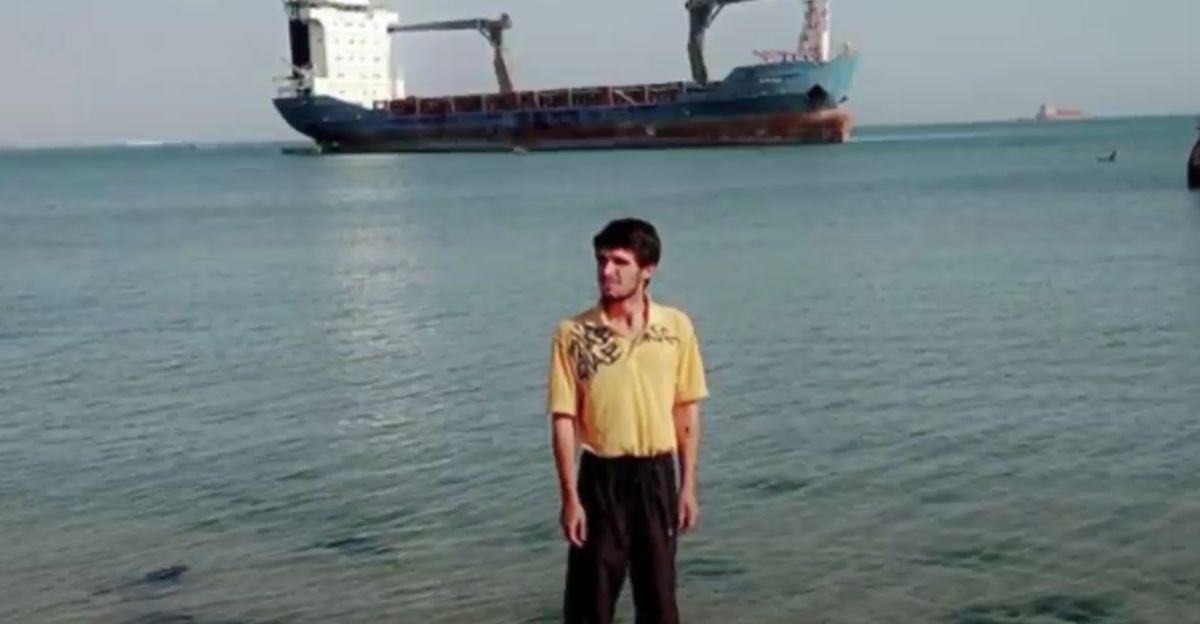
Surviving on an abandonned vessel such as the Aman, would require an enormous amount of psychological resiliency but also a high degree of resourcefulness. Mohammed stated that the vessel drifting closer to shore as a result of a strom, was an act of God. This made it possible for him to have more access to the necessities that he needed to survive on board.
Any ghost vessel survivor would have struggled with resources running out, so rationing the items they had would quickly become a skill of survival. Protection from the environment is also essential, as in the case of Mohammed, where the vessel became a hazardous breeding ground for disease with all the insects and rodents.
Microcosms

A lone survivor on a ghost vessel essentially becomes a microcosm. No man is an island, but this does not seem to be true in cases like these. Stripped of the most bare essentials and isolated from society, this microcosm’s only goal is survival. Mohammed was faced with many physical challenges, but also existential crises, where he would have questioned his identity and his purpose.
Prolonged isolation cultivates an even deeper longing for human connection, as we all can relate to being isolated because of COVID-19. Loneliness is a silent killer. By studying cases such as Mohammed’s, psychologist could aid in informing policies that grant the necessary support for seafarers in the future.
Contrarian Viewpoints
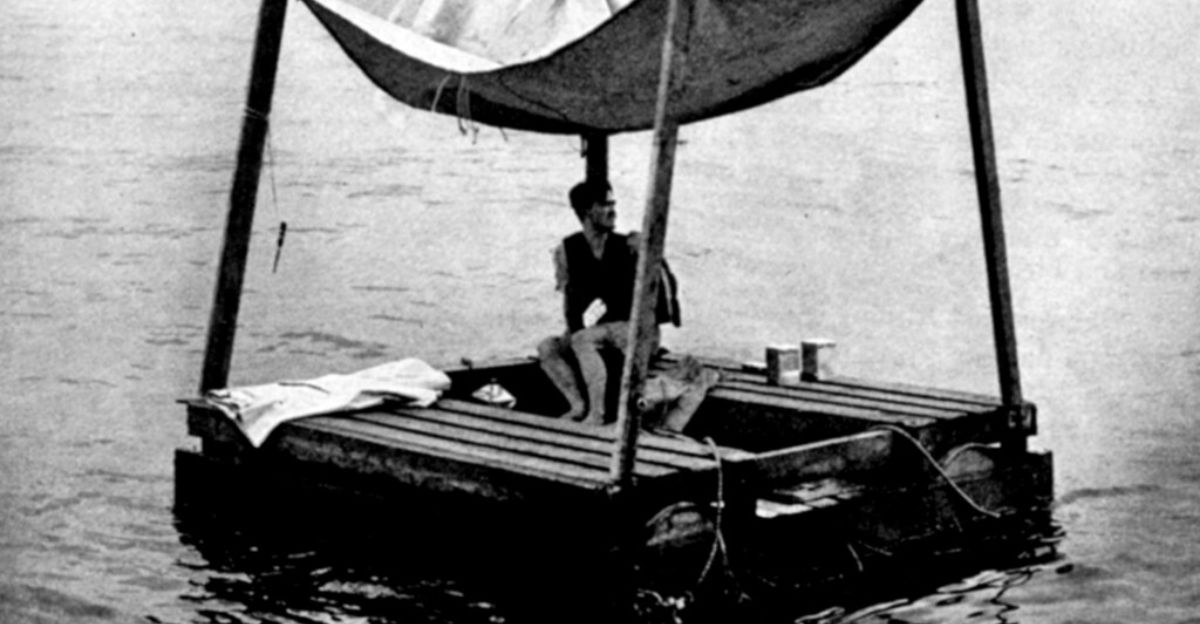
There are many skeptics who argue that it is not possible to survive 4 years alone at sea. This was almost impossible for Mohammed if it was not for the storm that brought him closer to shore. He proved the skeptics wrong by surviving and taking care of himself. Other documented cases such as the case of Poon Lim also challenges these assumptions head-on.
The impossible has been made more possible by these extraordinary cases but it does not mean that it should have been something that should have happened in the first place. These stories of survival has president and should not be dismissed.
The story of Mohammed had a ripple effect; it forced governments to take a closer look at maritime policies that need to be revised to avoid incidents like these. It is not the original owners of the vessel that pay the price; it is the duty-bound crew members who are trapped.
Aside from an incredible amount of endurance and resilience, psychological research shows that the mental health of seafarers is often affected as they show signs of anxiety, depression, and loneliness. Another example of great mental fortitude is the case of Poom Lim, who survived an incredible 133 days alone on a raft adrift during World War II.

